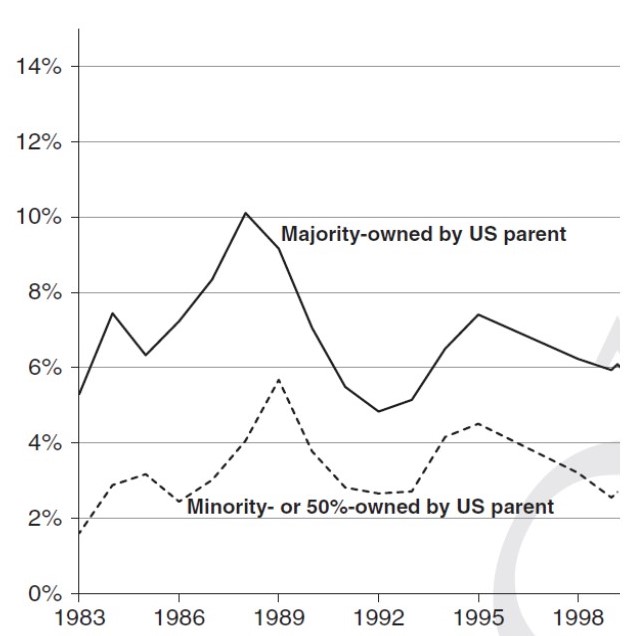By BENJAMIN GOMES-CASSERES, in Sharon Matusik and Jeffrey Reuer (eds.), Chapter 4, Handbook on Entrepreneurship and Collaboration, Oxford University Press, 2019.
A century ago, Joseph Schumpeter proposed that the essence of entrepreneurship is collaboration—what he called “making new combinations.” This concept covers the following five cases: (a) the introduction of a new good, (b) the introduction of a new method of production, (c) the opening of a new market, (d) the conquest of a new source of supply, and (e) the carrying out of the new organization of any industry. He noted that the individuals whose function it is to carry them out are called “entrepreneurs” (Schumpeter, 1911/1934, pp. 66, 74).
This chapter examines the implications for business strategy of taking this view of Schumpeter seriously. How do these business combinations create new value? We need to take on this broad question on its own terms, not just as it relates to start-ups and innovation. I offer a framework for analyzing this question, which draws on well-known theories in economics and management: the resource-based view of the firm, transaction cost economics, and various concepts from industrial organization, bargaining, and strategy.
The reasoning here follows that in my book Remix Strategy, which was addressed to a managerial audience (Gomes-Casseres, 2015). The emphasis in this chapter is on the intellectual origins and logic of this reasoning. The chapter uses anecdotal evidence to illustrate some points and draws extensively but selectively on empirical and theoretical literature. It is not intended to be a survey of this literature, but the references to classic works and to recent research show the origins of the ideas in this chapter and their places in the current research landscape.
VIEW FULL PDF




